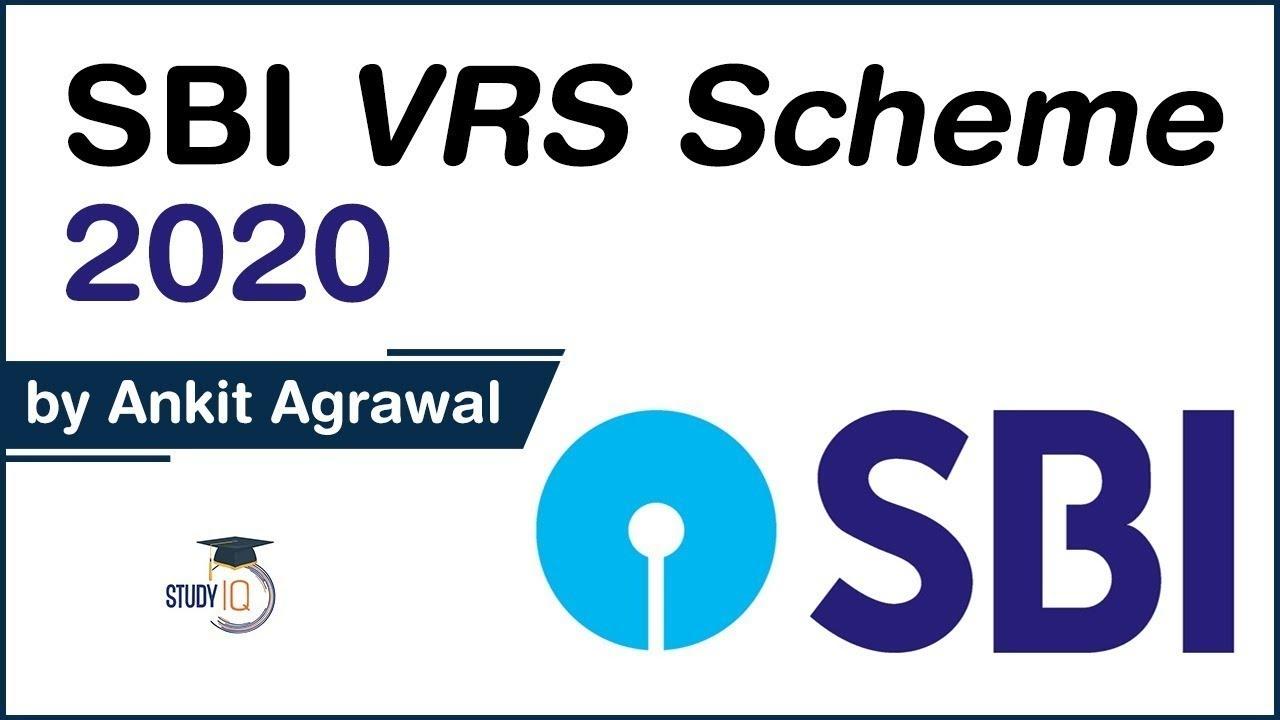Table of Contents

WHAT IS VOLUNTARY RETIREMENT SCHEME?
- Under this, an employee is offered to voluntarily retire from services before the retirement date.
- The scheme allows companies to reduce the strength of employees.
- It can be implemented by both the public and private sectors.
- VRS is also known as ‘Golden Handshake’
How did VRS come about in India?
- According to the Industrial Disputes Act, 1947, employers cannot reduce excess staff by retrenchment.
- In fact, any plans of retrenchment and reduction of staff and workforce are subjected to strong opposition by trade unions.
- So, VRS was introduced as an alternative legal solution to solve this problem.
- The voluntary retirement scheme was not vehemently opposed by the Unions, because it is ‘voluntary’ in nature and not compulsory.
- PSUs have to obtain prior approval of the government before offering voluntary retirement.
- VRS scheme is brought usually when-
- Recession in business
- Intense competition
- Takeovers and mergers
- Obsolescence of product/technology
- Joint-ventures with foreign collaborations

- State Bank of India, the country’s largest lender, has planned a voluntary retirement scheme (VRS) to optimise human resources and costs of the bank,
- According news agency PTI.
About the scheme
- ‘Second Innings Tap VRS-2020’,
- The proposed scheme “will provide an option and a respectable exit route to employees
- Who have reached a level of saturation in their career, may not be at the peak of their performance, have some personal issue or want to pursue their professional or personal life outside the bank.”
Eligibility
- All permanent officers and staff who have put 25 years of service
- Or completed 55 years of age on the cut-off date will eligible for the scheme.
When the scheme will be open?
- It will be open on 1 December and will remain open till the end of February.
- The applications for VRS will be accepted during this period only, the draft mentioned.
Benefits to employees
- The staff member whose request for retirement under VRS is accepted will be paid an ex-gratia amounting 50% of salary for the residual period of service, subject to a maximum of 18 months’ last drawn salary.
- Other benefits like gratuity, pension, provident and medical benefits will be given to employees seeking VRS.
Can they be re-employed?
- A staff member retired under the scheme will be eligible for engagement or re-employment in the bank
- After a cooling-off period of two years from the date of retirement.
How many employees will be eligible?
- The total employee strength of country’s largest lender stood at 49 lakh at the end of March 2020 as compared to 2.57 lakh a year ago.
- A total of 11,565 officers and 18,625 staff will be able to avail the SBI VRS scheme.
- The bank expects to save around ₹2,170.85 crore if 30% of the eligible employees decide to go for the new scheme.
Past VRS scheme of SBI
- Ahead of the amalgamation of SBI’s five associates with it in 2017, the merging subsidiaries had announced VRS for their employees.
- In 2001 also the bank had announced VRS with the objective to optimise human resources.
- However, the proposed VRS scheme is not finding favour with bank unions.
- Such a move at a time when the country is in the grip of COVID-19 pandemic reflects anti-worker attitude of management,
- National Organisation of Bank Workers Vice President Ashwani Rana said.

- While refusing media reports about its proposed voluntary retirement scheme for over 30,000 employees as being a cost-cutting measure,
- The bank said it “has been employee friendly and is expanding its operations and requires people, which is evidenced by the fact that Bank has plans of recruiting more than 14,000 employees this year”.
Latest Burning Issues | Free PDF






















 WhatsApp
WhatsApp